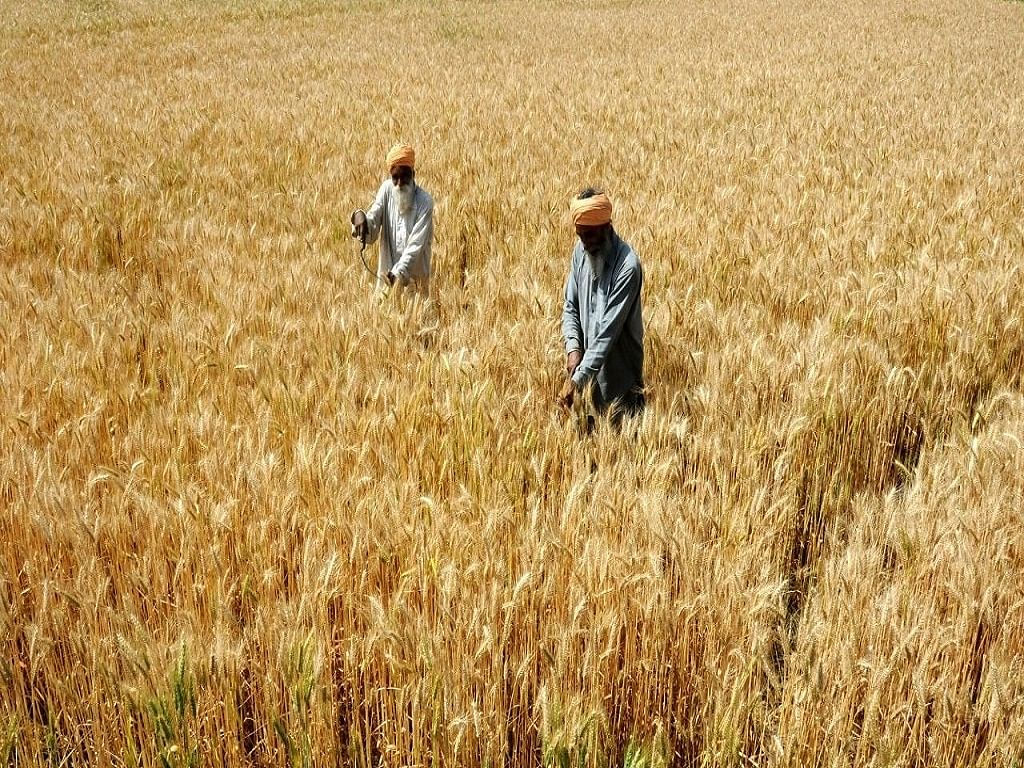
The Indian wheat crop is facing multiple challenges due to various factors, including the early onset of high temperatures, weak western disturbances leading to low rainfall, and the risk of yellow rust disease. These challenges are posing significant risks to the crop yield and quality, and consequently, the food security of the country.
The India Meteorological Department issued an advisory in key wheat growing states like Madhya Pradesh in the first week of February as temperatures breached 2-5 degrees Celsius above normal in North and Central India. The early onset of high temperatures is likely to impact the wheat grain size and cumulative yield. This is the second consecutive year that the heat has set in early, which is a matter of concern.
The Indian Council of Agricultural Research — Indian Institute of Wheat and Barley Research (ICAR-IIWBR) issued an advisory on February 17, 2023, asking farmers to inspect their crops for yellow rust disease, which is a result of high temperatures. Yellow rust is a fungal disease that attacks wheat plants and can lead to a significant reduction in crop yield and quality. Farmers need to take precautions and monitor their crops to prevent the spread of the disease.
Weak western disturbances have also resulted in little to no rainfall in December and January this year. Rainfall during this period is crucial for boosting the central stockpile and checking inflationary trends in wheat. The lack of rainfall is a significant concern for farmers and policymakers, as it can lead to a shortage of wheat, further driving up prices.
Last year’s heatwave in March shriveled the wheat grains resulting in poor output. The high temperatures had a negative impact on the wheat crop, leading to lower yields and quality. In the 2021-22 crop season, farmers sold their output at a higher price in the market than to the government because the government’s procurement was at a 15-year low. This resulted in higher prices for consumers and inflationary trends in the cereal market.
When the Indian government procures food grains through the public distribution system (PDS), it ensures a minimum support price for farmers. This intervention controls prices, ensuring the country’s food security. However, inflation in cereals has been a concern, with the Consumer Price Index reaching 6.52 per cent in January, beyond the Reserve Bank of India’s upper limit of tolerance for two consecutive months.
The government has announced that they would offload three million tonnes of wheat from the central pool in the markets under the Open Market Sale Scheme to contain domestic prices. The Food Corporation of India (FCI) has already sold 1.8 million tonnes of wheat in the open market.
This season, early seeding of wheat in October was promoted among farmers to escape the heat in March. However, the high temperatures began even earlier this year, so even early-sown crops, which will be in the grain development stage currently, will see a loss in yield. The early onset of high temperatures is a matter of concern, and farmers and policymakers need to take appropriate measures to minimize the impact of the heat on the crop yield.











